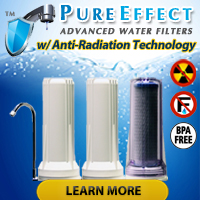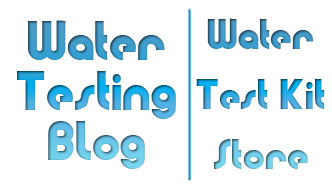In a previous post we touched upon the topic of drinking water test kits versus pool water test kits. Why do we keep coming back to this topic? Simple: the human body can absorb harmful levels of contaminants through the skin, accidentally through swallowing during a bath or swim, etc.
If what we just said had no validity, why would this phrase exist: “Don’t you go where the Huskies go and don’t you eat that yellow snow!”
Contact with possible sources of contaminants like dog urine mean possible exposure to bacteria and germs which may cause serious, possibly fatal harm to humans. Public swimming pools offer the same level of risk, only without the dog urine — substitute human urine (and more) instead. Need proof? 1 in 5 adults admits peeing in swimming pools
And a desperate cry arises from the masses: “Wait! Chlorine! That kills everything!”
Yes, chlorine has a definite disinfecting a sanitizing effect on water. Hence the reason so many public water systems rely upon it as their primary disinfectant. The USEPA has ruled that a public water supply may not contain more than 4.0 parts per million free chlorine OR total chlorine ( what’s the difference between free and total chlorine? ) for chlorine and yet swimming pools may contain levels FAR in excess of that. Ahem: See bleached hair, bleached swimming suit, bleached skin, etc.
Will the levels of chlorine in a swimming pool harm you? Most likely not in so long as a pool professional or private pool owner properly maintains the water chemical balance. Doing so requires diligent and proper use of Pool & Spa Water Test Kits AND taking corrective action once detecting an imbalance in the water.
Getting back to the differences in typical chlorine levels in pool water compared to typical chlorine levels in drinking water, though, most people tend not to like or enjoy the taste of pool water when accidentally ingested because of its unpleasant taste and odor. As a general rule, swimming pools tend to have between 1.0 and 3.0 parts per million free/total chlorine ( what’s the difference between free and total chlorine? ) … and as a general rule, most drinking water comes out of the tap at around 0.5 ppm or less — some exceptions will always exist.
For that reason the test kits for pools and spas have much less sensitivity and the color blocks start at higher concentrations than those typically found in drinking water test kits. As an example, the SenSafe Free Chlorine Water Check test strips for drinking water have a low color block of just 0.05 parts per million and several other blocks leading up to 0.5 parts per million, the lowest color block on the Aquacheck 7-Way Test Strips for pool water testing.
|
|
|






